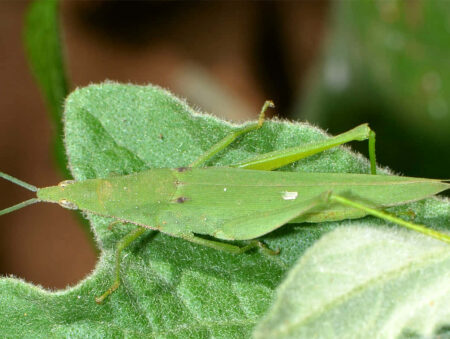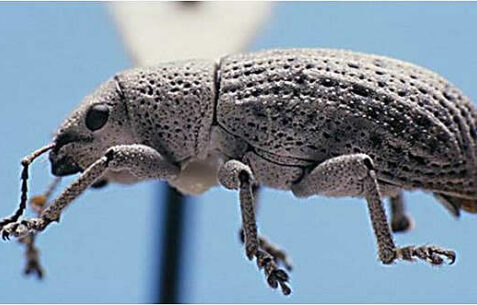Tube Rose
Tea tortix
Symptoms of damage
Management
Collection and destruction of damaged buds reduces the damage.
Setting up of light traps to attract and kill the adults.
Neem oil 0.5% to repell various stages of pest.


Aphids
Symptoms of damage
Identification of pest
Adult - tiny insects, soft bodied, deep purple or black in colour.
Management

Grasshoppers
Symptoms of damage
Management

Red Spider Mites
Symptoms of damage
Identification of pest
Adult - red or brown in colour
Management

Rodents
Symptoms of damage
Management

Weevils
Symptoms of damage
Management

Source: https://agritech.tnau.ac.in/
